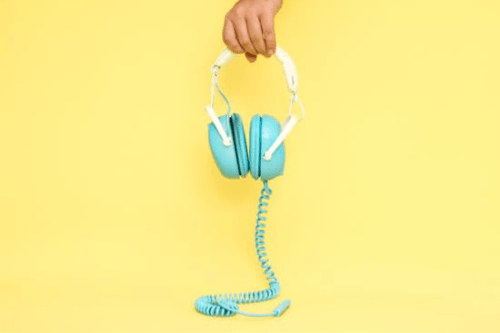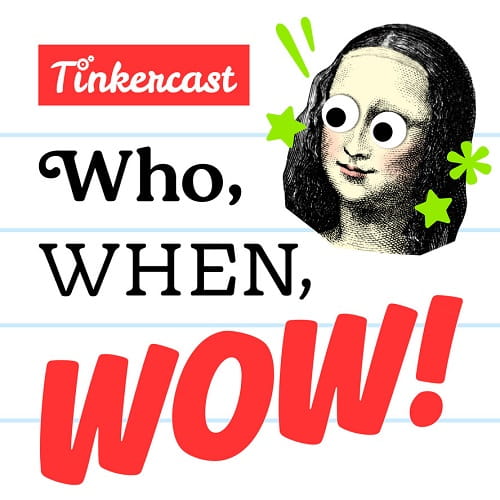A 2019 study published in the Journal of Neuroscience reveals that the same cognitive and emotional areas of the brain are stimulated when reading and when listening. It’s an intriguing revelation that has the potential to challenge how educators approach the concept of literacy. As we gain deeper insight into the role of auditory skills in literacy, the importance of developing listening comprehension skills expands.
Enter the podcast.
With 1 in 4 American children already listening to podcasts in the home, it’s an approachable and appealing medium for young people.
The benefits are also numerous. For example, a recent episode of The Cult of Pedagogy Podcast discussed how listening to podcasts in the classroom can aid in developing listening comprehension skills, vocabulary, reading comprehension, and social-emotional skills like empathy.
This practical guide outlines how Montessori educators can embrace podcasts and integrate them into Elementary environments.
Practical Applications for Podcasting
The possibilities for using podcasts in the classroom are endless. Just as there is a podcast for every topic, so is there a podcast for every lesson extension.
Consider using podcasts as:
- An alternative option for silent reading
- Extensions for cultural lessons
- Resources for independent research projects
- Background knowledge for contextualizing literary studies
- Supplemental materials for the Great Lessons
Presenting Podcasts in the Prepared Environment
How you provide access to podcasts in your classroom will depend on your school’s technological capabilities.
Most podcasts can be streamed directly from their respective websites or played via numerous podcast streaming apps, including Apple Music, Spotify, Google Podcast, and Stitcher.
If you do not already have a central place in your environment where laptops or tablets are readily available for children, consider setting up a listening corner. Much like a reading corner, this should be a calming environment with soft lighting and comfortable seating. Tablets or outdated smartphones no longer synced to a mobile plan can be available for children to use. Preloading episodes onto the device allows students to access the audio files with ease. Consider creating a card with instructions for accessing the podcast files to support the child’s independence.
Lessons introducing the devices to students are recommended. Consider showing children how to access the episodes, safely carry devices in the classroom, and properly use headphones (including selecting an appropriate volume).
Seven Elementary-Friendly Podcasts to Get You Started
The podcast landscape is ever-expanding. As always, preview all episodes to ensure that they’re appropriate for your particular students and school community.
We share seven of our favorites to get you started.



